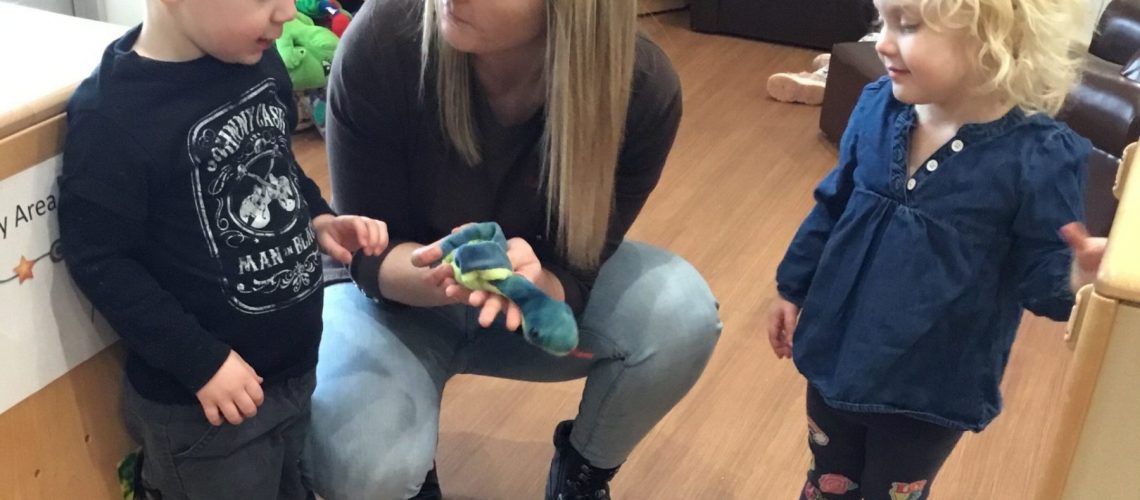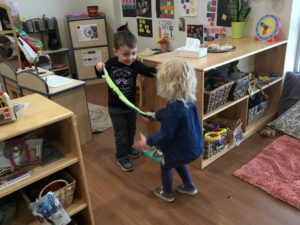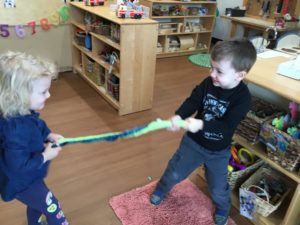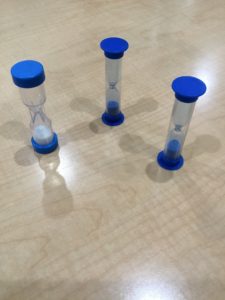Sometimes the hardest thing about having a play date is managing the, “it’s mine!” and the “no it’s mine!”. It can be hard to navigate who really had “it” first, or who really hit who. Sometimes you may find yourself saying, “you guys need to share” or “say you’re sorry”. But does that really solve the problem??? Have no fear, these 6 steps to problem solving can help you on your next play date.
Here at LT we use these same steps in our classrooms when solving a problem amongst the children. Let me tell you first hand… IT REALLY WORKS! I teach Preschool at LT Howell and I have seen amazing things come out of using these steps. Part of our HighScope Curriculum is using these 6 steps in conflict resolution. The cool thing about this, is that not only does it work in the classroom, but I have also witnessed it work outside of the classroom too! I have followed these same steps to problem solving at play dates amongst my 8 nieces and nephews, while babysitting feuding siblings, and even at home on my boyfriend… works every time!
Next time you come across a conflict, try out these 6 steps and watch the magic happen.
- The Approach: Remember the 3 c’s when approaching a conflict, calm, cool, and collected. Be sure to stop any hurtful actions amongst the conflict like hitting or biting. I find it best to get down on their level and put myself between the two having a conflict. Use a calm voice and remain neutral, it’s best not to take sides.
- Feelings: Acknowledge the children’s feelings. If they are fighting over a toy, then hold let them know that you are going to hold on to that toy while you guys solve the problem together. This will put some of their emotions at ease.
- Intel: Find out what happened, ask BOTH of them to tell you what they think the problem is. Listen carefully as each will give their own details.
- Retell: Restate what the problem is. After gathering all the information and all their feelings are out on the table, retell the problem back to them. Say, “So the problem is…”
- Solution Negotiation: Let the children come up with their own solutions, ask them, “what do you think would solve this problem?” If they don’t have any ideas yet say, “do you want to hear my idea?” Negotiate the solution until BOTH parties agree! Clarify details. The children in my classroom love negotiating by setting sand timers.
- Follow-Up: Let the children know what they just did, “you just solved the problem!” Stay near to help them follow through with their solutions. The children are more apt to follow through with the solutions because it was their solution. They helped come up with it and agreed to it.
The children start getting the hang of the 6 steps and soon start to solving their own problems It’s a beautiful thing! Any questions about conflict resolution or have a scenario you’d like feedback on comment below!




